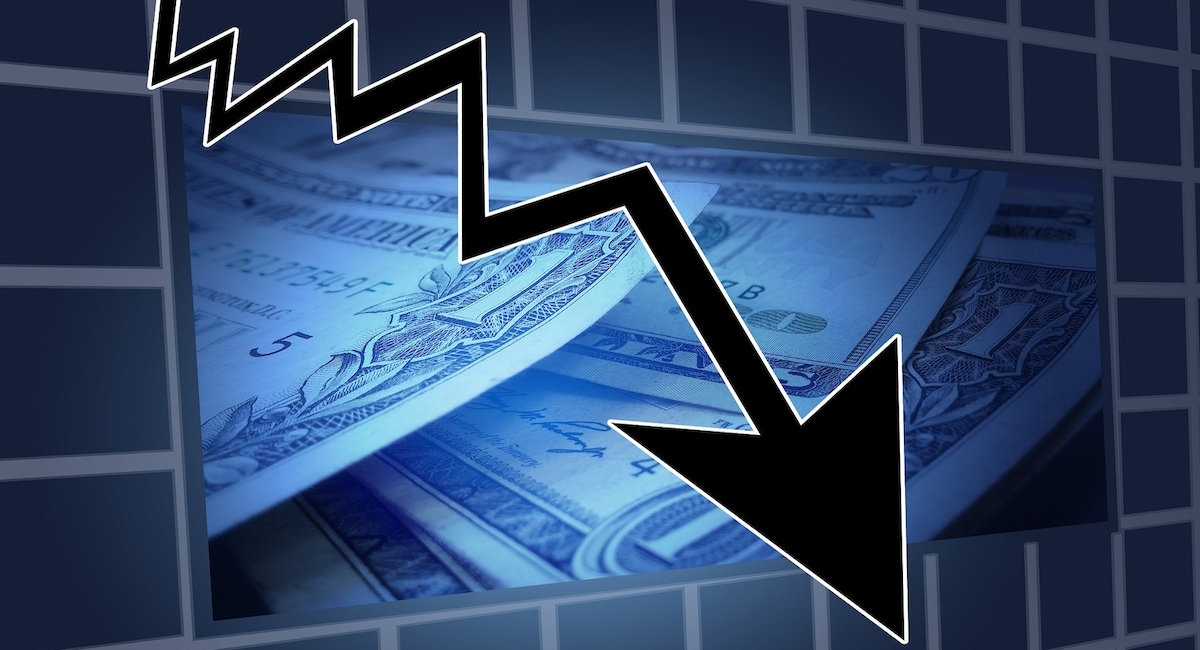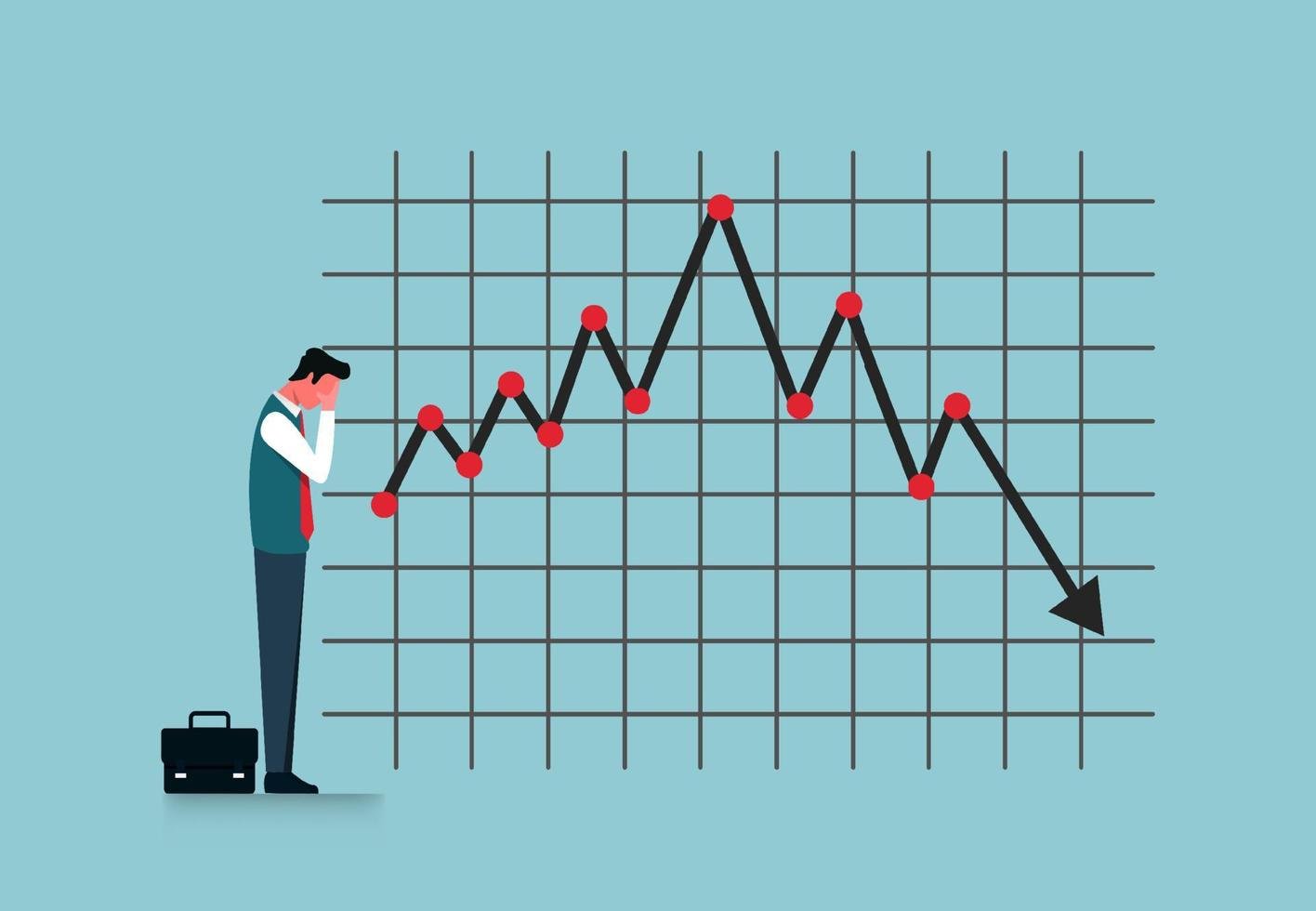
Written by: Adriale Pang, Edited by: Ong Pei Chong
Reimagining Government Responses to Great Recessions

How much did the 2008-09 bailouts by the US government cost? One view, promoted by MIT Professor Deborah J. Lucas, is that the bailouts cost around $498 billion USD [1]. However, for this essay, I adopt a different view: in 2007, the US national debt was $9 trillion, and by 2011 it was over $14 trillion [2]. This means that in each year between 2007 and 2011, the US government consistently spent more than it earned, eventually culminating in an additional $5 trillion debt. I posit that we should use $5 trillion, not $498 billion, as the more comprehensive account of the true cost of the US government’s response to the Great Recession.
In this essay, I narrate a hypothetical, so as to challenge the assumption that the US government had few other options available to it, during the 2008 financial crisis. Using the larger estimate of $5 trillion provides me the additional benefit of exploring a wider cone of possibilities [3].
Evaluating counterfactuals is always tricky, and my intention with this essay is not to argue that my hypothetical is watertight. Instead, I simply hope that this essay will help us to reconsider what we deem to be “conventional” fiscal responses to Great Recessions. I hope that the following hypothetical will convince you of the ridiculous aspects of “normal” fiscal responses, and, on the flip side, the normality of “ridiculous” fiscal responses.
[1] Tam Harbert, “Here’s how much the 2008 bailouts really cost,” MIT Sloan School of Management, February 21, 2019, https://mitsloan.mit.edu/ideas-made-to-matter/heres-how-much-2008-bailouts-really-cost.
[2] Hiranmayi Srinivasan, “U.S. National Debt by Year,” Investopedia, November 4, 2024, https://www.investopedia.com/us-national-debt-by-year-7499291.
[3] Nicoletta Boldrini, “Futures Cone: what it is and its uses,” Tech4Future, January 29, 2023, https://tech4future.info/en/futures-cone/.

An Alternative Response the US Government Could Have Implemented
As explained above, the US government was $5 trillion poorer in 2011 than in 2007.
My hypothetical explores the following thought experiment: imagine if you are given sole authority over this $5 trillion, but with two conditions: you must spend all of it, and you must help America recover from the Great Recession in the best way possible. The question I pose is: in such a scenario, should you pursue the same responses as the Obama administration, or can you do better?
This thought experiment hinges upon several oversimplifications, but, as I explain below, diving into it imaginatively is still a fruitful exercise that can yield a fuller grasp of all the strategies available to macroeconomic policymakers.
In response to the thought experiment above, I advance the following proposal: the US government should continue spending $5 trillion. However, the US government should not spend it on policy responses like the Troubled Asset Relief Program (TARP). Instead, the US government should take that money and use it to give each of its citizens $20 per day, for 757 consecutive days (i.e. roughly two full years). This would amount to an expense of around $5 trillion, given that there are around 330 million American citizens [4], thereby matching the increase in US national debt between 2007 and 2011.
Such a massive welfare payment exercise would be an incredible logistical challenge, and would require the USA to have digital infrastructure akin to Singapore’s Singpass, PayNow, and CDC Voucher applications, as well as widespread societal adoption of these digital tools.
Given that such a fiscal response would require the approval of the House, Senate, and President, it is highly unlikely that my proposal is politically viable in the polarised world we currently live in. However, the aim of my hypothetical is not to offer a policy that can be implemented now, but rather to compel us to consider more imaginative possibilities for our future. Hence, please indulge me as we continue exploring this historical counterfactual that I have proposed.
[4] U.S. Census Bureau, U.S. Department of Commerce, "PROFILE OF GENERAL POPULATION AND HOUSING CHARACTERISTICS," 2020. Decennial Census, DEC Demographic Profile, Table DP1, 2020, accessed on January 21, 2025, https://data.census.gov/table/DECENNIALDP2020.DP1?g=010XX00US&d=DEC Demographic Profile.

Financial Collapse and Inflation Risks
One main criticism of my proposal is that if the money had not been spent on governmental responses like TARP and Term Asset-Backed Securities Loan Facility (TALF), and instead had been spent on my $20-per-day-per-citizen policy, America’s financial system would have collapsed due to the immense financial panic (that had by then extended past evidence and rationality, into the stratosphere of irrational fear [5]), as well as the complex and deep interconnectedness of financial institutions that had allowed contagion to run wild.
I acknowledge that this is a well-founded criticism of my proposal. To more fully appreciate this criticism, we have to cast our minds back to when Lehman Brothers, Bear Stearns, Washington Mutual, AIG, Fannie Mae, Freddie Mac, and so many more were in distress. If the US government had not swooped in to provide guarantees to savers and investors back then, more and more banks would have gone belly up from once-in-a-generation bank runs. America’s financial economy collapsing would have severely damaged business optimism, and would have destroyed the real economy, impacting the incomes and lives of everyday people. It would have taken years, if not decades, to recover economically, if that had been allowed to happen.
I do not deny that this catastrophic counterfactual could have materialised, and hence I do not argue that the Obama-Bernanke-Geithner-Paulson quartet were entirely wrong in spending taxpayer monies on calming the financial system. However, my proposal is aimed at expanding the limits of what we think is possible when trying to save the real economy — the playbook that was used by the aforementioned quartet was not the only playbook available.
Although the quartet did not do terribly in their response to the Great Recession, they did not do flawlessly either. In this essay, I am not interested in claiming that my proposal is better than the quartet’s response. For all its flaws, the quartet’s policies were actually implemented and tangibly helped millions of Americans, even if it simultaneously hurt them too — one needs only to consider the level of outrage witnessed during the Occupy Wall Street movement, to be able to appreciate the magnitude of the affront against everyday citizens.
Another credible criticism of my proposal was offered by Canada's Pierre Poilievre: “... No one ever votes to have the money printing happen. And so the inflation is adopted secretly, and you blame the grocer because groceries are more expensive, or your local gas station because gas is more, or your realtor because house… [sic] In fact it was actually the government that bid up all of those things with money printing, and you didn't even know about it. So it's a silent thief that takes from the poor. It gives to the richest people and destroys the working class…”[6] I acknowledge that if my proposal were to inflict severe inflation on everyday citizens, without helping them increase their earning power more than proportionally, then indeed they will suffer economically. For now, I respond by asking: in my thought experiment, if $5 trillion had to be printed, would you rather it go towards rescuing banks, or towards my $20-per-day-per-citizen proposal?
I offer further justifications below.
[5] Timothy F. Geithner, Stress Test: Reflections on Financial Crises (Random House Books, 2014), 125.
[6] Pierre Poilievre, “Canada's Next Prime Minister | Pierre Poilievre | EP 511,” posted January 3, 2025, by Jordan B Peterson, YouTube, 34:50, https://youtu.be/Dck8eZCpglc?si=ruPPN7qae5y_LRKZ.

Potential Advantages of Decentralised Economic Decision-Making
I argue that my proposal successfully draws attention to, and prioritises, everyday citizens who require help during Great Recessions, rather than white-collar bankers. [7] I agree that sometimes the “eat the rich” mentality and class warfare can go too far, but I am staunchly against the doublethink that permits people to rationalise big corporate payouts for the few, when most of a nation’s population is suffering economically. As Obama and Geithner have compassionately articulated in their respective books, everyday citizens should not have to bear the brunt of the Great Recession, when it was a narrow group who were feckless in abetting risky mortgage-backed securities, ruining the financial economy, and leading it to wreck the real economy. [8] This assault on one’s sense of justice, as well as the unwritten social compact, is particularly egregious when the narrow few get away scot-free legally, and with fat paychecks, in the throes of a Great Recession.
I acknowledge that my proposal has flaws. In particular, if the US government had not directly saved banks and financial institutions, then small businesses in the real economy would have suffered too, such as by being denied loans. This would have had knock-on effects on the jobs and incomes of everyday citizens, if employers started retrenching workers and freezed recruitment, R&D, innovation, and job creation.
This also explains why, during economic crises, Singapore’s government has consistently been adamant about deploying fiscal firepower towards helping employers pay their workers’ salaries, so that employers can retain their workers, even while waiting out the storm. [9]
However, in the name of encouraging us to consider the outward edges of the possibility cone,[10] I invoke Schumpeter's theory of creative destruction. Imagine that you are an everyday American citizen experiencing the depths of a recession, where business sentiment, investor sentiment, and consumer sentiment are at all-time lows. However, via the American equivalent of Singpass, PayNow, and CDC Vouchers, you receive $20 per day, every day for two whole years. What would life be like for you?
I agree that your employer may have retrenched you by then, and that there may be sparse openings for white collar jobs amidst a financial crisis, hence my proposal would result in some economic pain for you. However, if your former employer was not profitable nor resilient enough to weather this recession, then was there much of a future for that business anyway? If consumers do not choose to spend their $20-per-day welfare cheque on that business, would it have collapsed to Schumpeterian forces of creative destruction anyway, sooner rather than later?
Admittedly, many might think that it is sensible for government funds to be used to keep some private sector companies on life support, such as how the Singapore government's financial backing of Singapore Airlines, during the Covid-19 pandemic, is generally viewed as a good decision that enabled the national airline to cash in on the pent-up demand once borders started reopening. [11]
However, the age-old debate between Neo-Luddism and Schumpeterian creative destruction informs us that there are longer-term benefits from letting old firms die out, even while acknowledging the immediate downsides.
Furthermore, in the classic microeconomics discussion of “vouchers versus cash”, we are taught that cash always benefits consumers at least as much as vouchers do, and that giving consumers cash sometimes benefits them more than giving them the same amount in the form of vouchers, but never the other way around. This tells us that there are benefits that emerge when consumers get to choose what to spend their dollars on, rather than being constrained on the items they can buy due to restrictive vouchers. This partly explains why my proposal is for all citizens to be given $20 in cash daily, via digital banking. You could choose to spend these twenty dollars on the real economy, or the financial economy, or both, or save it up — importantly, it is for you to decide, not the federal government to dictate. Each citizen would make their economic decisions in a decentralised manner, thereby generating, via their purchasing decisions and price signals, a higher volume of useful information on which businesses are more worth saving in the midst of a recession. This is contrasted against the government using the funds to make economic decisions in a centralised manner, which would generate less information.
This would mean that private sector companies of national importance might not be able to receive the critical mass of funds needed to weather the economic downturn, but would enable individual citizens to use their funds in the manner they believe is most productive for themselves.
Rather than let the federal government attempt to pick winners (and likely fail to do so productively), why not let everyday citizens decide with their dollar votes which businesses are worthy of being saved from the ongoing Great Recession, and which businesses are due for a Schumpeterian revolution?
Finally, some have argued that President Biden’s inflationary policies caused Vice President Harris to lose the 2024 election. Pursuing this thread of inflation, I agree that a stimulus of $20 per day, per citizen, would risk being inflationary. However, policies do not operate in a static vacuum — just as there is a possibility that there are too many dollars chasing too few goods, there is likewise a possibility that implementing my proposal improves sentiments across the board (what Keynes called “animal spirits”), and galvanises greater investment in domestic productive capacity, thereby tempering inflation.
[7] Agence France-Presse, “'Outraged' Obama lashes out at AIG bonuses,” France 24, March 17, 2009, https://www.france24.com/en/20090316-outraged-obama-lashes-out-aig-bonuses-.
[8]Timothy F. Geithner, Stress Test: Reflections on Financial Crises (Random House Books, 2014), 290-1.
[9]Woo Jun Jie, “Singapore’s Approach to Managing Economic Crises,” Lee Kuan Yew School of Public Policy, 2018, https://lkyspp.nus.edu.sg/docs/default-source/case-studies/singapores_approach_to_managing_economic_crises_22052018_lowres.pdf?sfvrsn=7387660a_0.
[10] See footnote 3
[11] Li Wei Jun, “Companies that received aid during pandemic could help rebuild reserves,” The Straits Times, May 18, 2024, https://www.straitstimes.com/opinion/forum/companies-that-received-aid-during-pandemic-could-help-rebuild-reserves

Conclusion
This essay began by establishing that the US national debt increased by $5 trillion between 2007 and 2011. It is sobering to note that this was surpassed by the $6 trillion increase between 2019 and 2021 (which included the worst of the Covid-19 pandemic). [12]
By exploring the hypothetical illustrated above, we should distill lessons that can help us craft more effective fiscal responses to future crises.
The more you linger in the hypothetical I have crafted, the more reasons for (e.g. reducing the moral hazard that emerges from the perception of an implicit guarantee by the government to always come to the rescue of banks that are “too big to fail”) and against (e.g. citizens may choose to spend their welfare cheques on demerit goods, as opposed to the government spending those funds on national infrastructure and public goods) my proposal you will discover. This is precisely my intention. I argue that we should not be content with fiscal policies that have been implemented in the past and admitted into the hallowed halls of macroeconomic orthodoxy. Instead, even while we humbly and attentively pay heed to the lessons that history teaches us, such as the lessons of insatiable human greed and Minsky moments, [13] we are not prevented from adopting the best parts of what some may call “radical”.
By indulging in thought experiments like the one I have outlined above, we may discover that there are more policy actions available to us than we had initially assumed. In contrast, if we were to constrict our imaginations, we may fail to recognise that there are better options available, and thereby miss out on bouncing back from Great Recessions as optimally as possible. As such, I make the case that imaginatively exploring counterfactuals is an essential part of good macroeconomic policymaking.
[12] See footnote 2
[13] Janani Dhileepan, “‘Minsky’s Moment’ – The Economist,” ECONDISCUSSION, August 17, 2016, http://www.econdiscussion.com/articles/2-minskys-moment-the-economist.